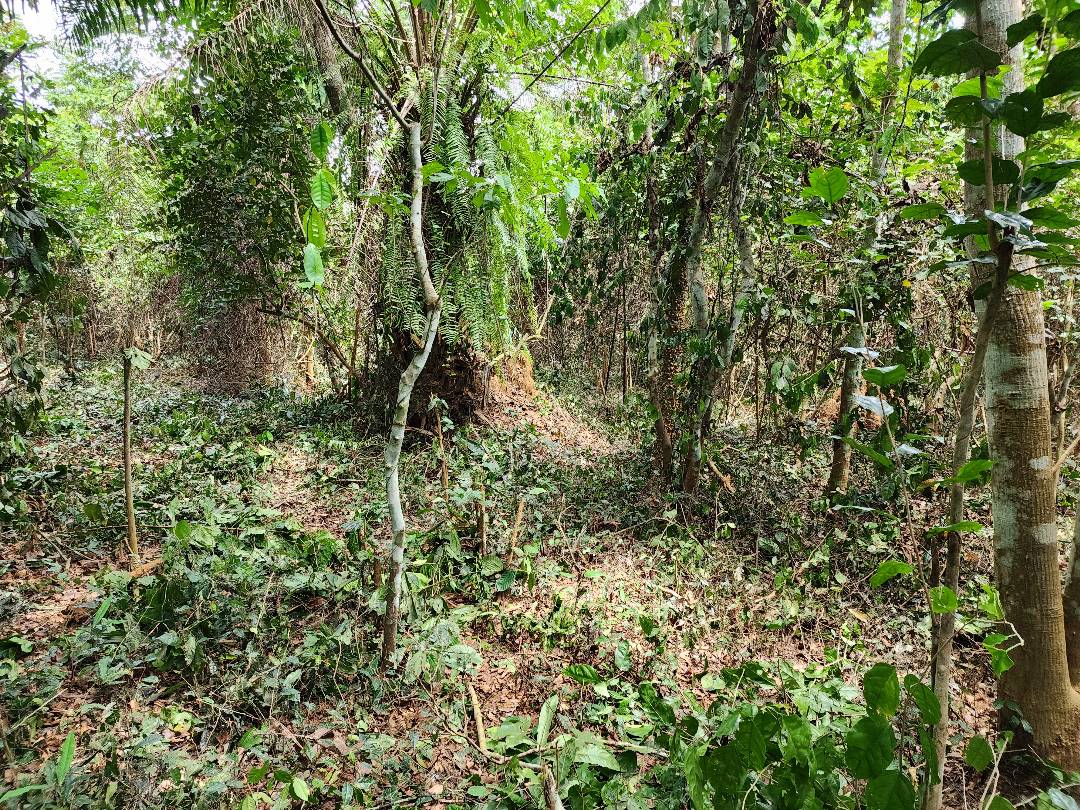Blog |
The quest for resilience through Ivory Coast community forests
Picture of community forest in Grand-Lahou contribute to biodiversity and restore local ecosystems.
On the shores of Ivory Coast, WACA Ivory Coast has launched an initiative to raise awareness and restore vegetation cover through the creation of community forests.
It all began in Grand-Lahou, an area chosen as a pilot for the project. Various sites were identified for reforestation: 2 hectares at Lipkiliassé,1 hectare at Groguida,1 hectare at Braffédon and 2 hectares at Lahou-kpanda.
The concept of community forests goes far beyond simple plots of trees. It is an approach that enables local people to play an active role in managing natural resources responsibly. The aim is to preserve nature while giving communities a sense of responsibility and autonomy.
Community forests also contribute to biodiversity by helping to restore local ecosystems. They also act as carbon sinks, helping to mitigate the effects of climate change. The benefits are very tangible for local residents, as they improve their socio-economic conditions.
Socially, the creation of these forests is an unifying project. It brings residents together around a common goal, strengthening their social ties and cohesion. This initiative goes even further by improving the living conditions of local residents. The trees in the community forests provide an essential source of firewood for the day-to-day activities of the residents.
Economically, these forests represent a wealth of resources. Their creation and upkeep create local jobs, and the agroforestry method used makes it possible to develop food crops. What's more, these forests could become ecotourism destinations, opening up new economic prospects for local people.
Ultimately, the community forest initiative is WACA Ivory Coast's proactive response to solving environmental problems while involving local communities. This approach offers communities affected by erosion the chance to change their habits and use forest resources sustainably, thereby reducing pressure on mangroves and preserving these fragile ecosystems.
